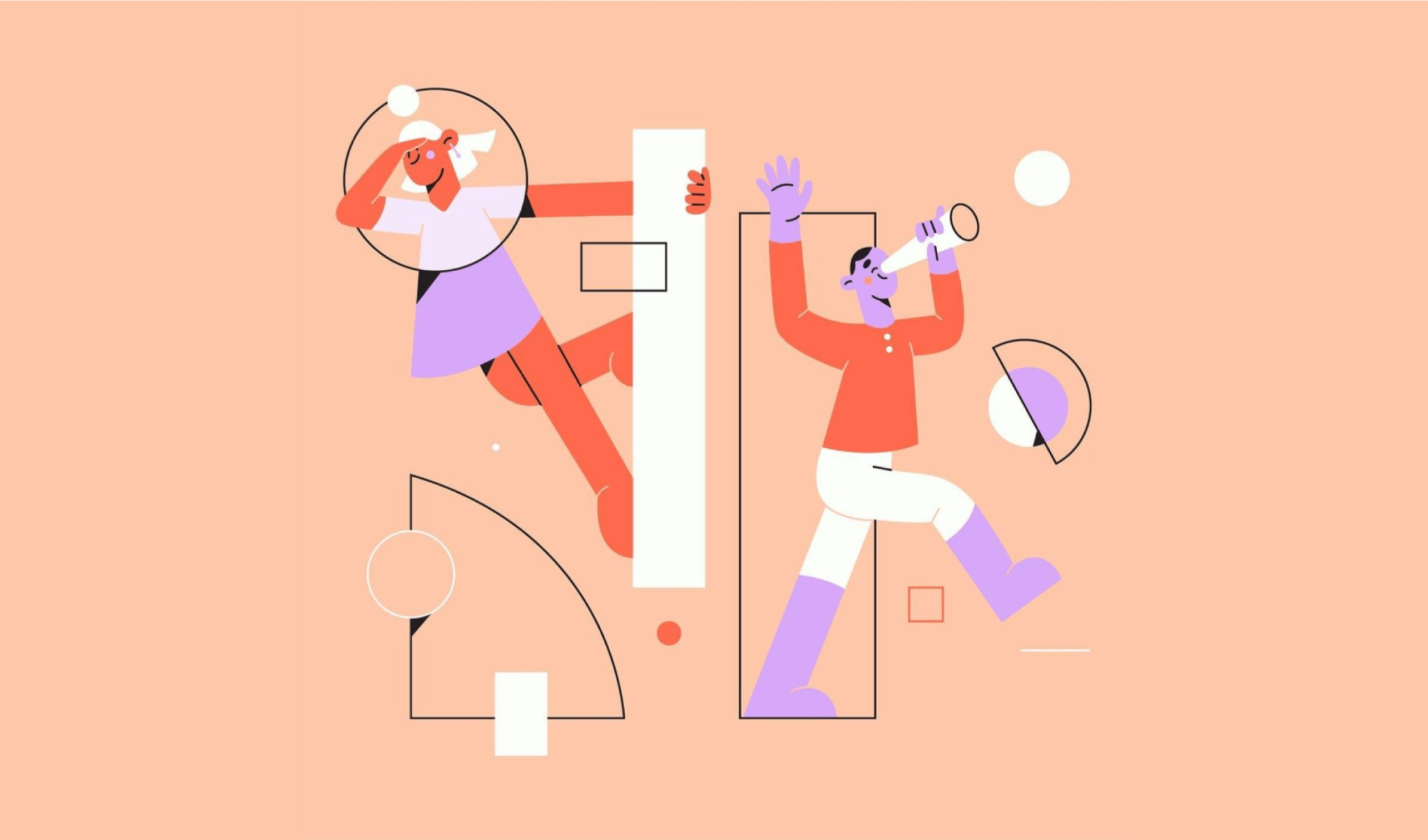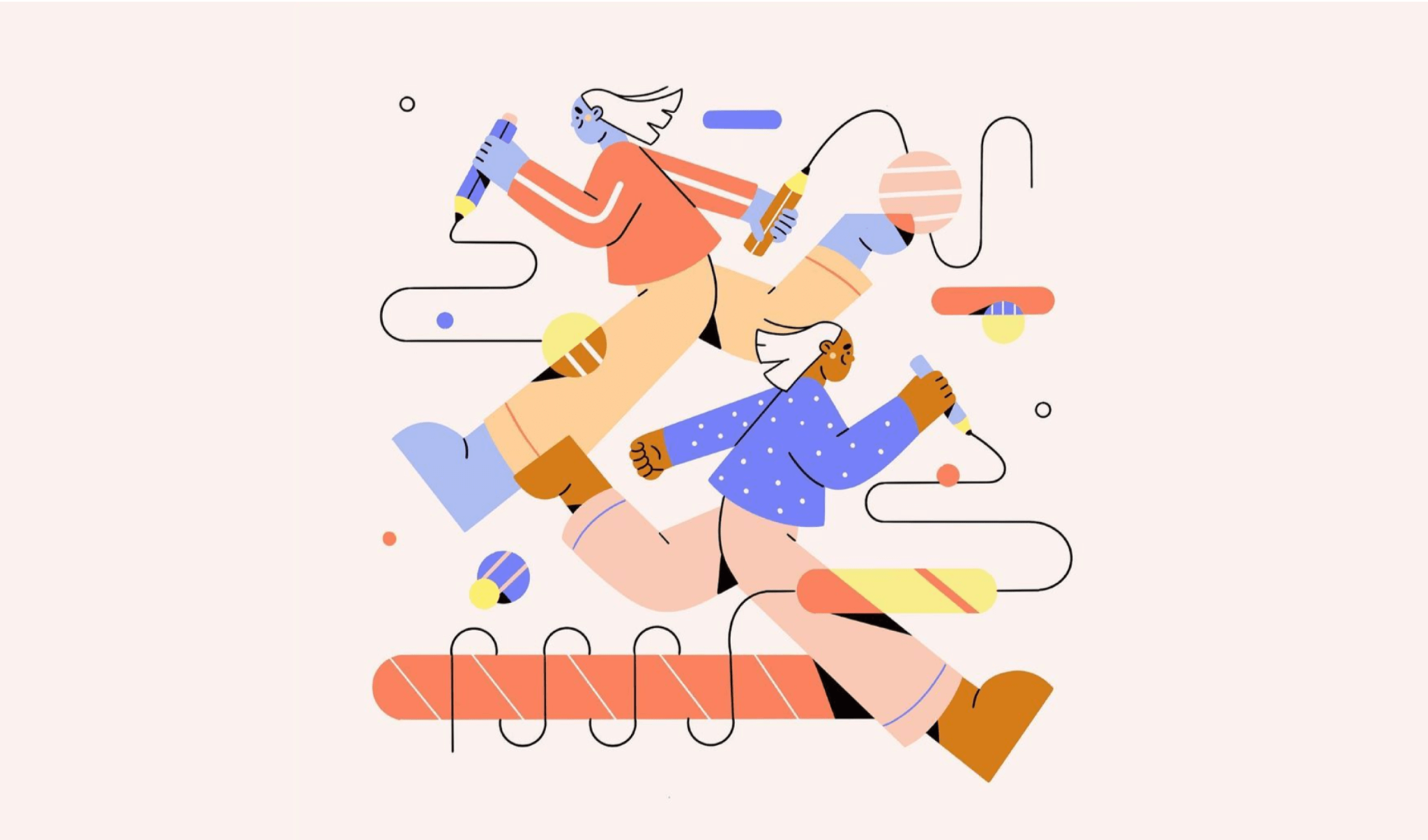It’s critical to keep up with the most recent and best design trends as we 2023 since they are always changing. Maintaining a pulse on current design trends will help you remain one step ahead of the competition and provide your consumers with a better user experience, whether you’re building a website or a product.
We’ll look at some of the top fresh design ideas in this blog article, which you need to think about using in your product in 2023.
Trends In Design For 2023
There are a few fascinating trends that have been major players in the design business for a while in the newest web/application and product design trends of 2023.
1. Typography And Design That Emphasizes Words
While the value of words for SEO is well known, some may ask how words relate to product design. Several design genres, such as product and industrial design, are equally represented by a focus on language. The user interface of your website, mobile application, and product packaging should all contain business-related keywords. It is a quick and easy technique to get the attention of your audience and create brand awareness.
2. Reevaluating Minimalism
Designers are still driven to simple, uncomplicated user interfaces, which is not surprising given the rising concern for environmental effects. A product with a minimalist design not only looks better but also provides a better user experience.
User interface design psychology, accessibility, and inclusive design are all significantly improved by minimalist user interfaces. People can browse and comprehend a layout that has been streamlined with fewer components and call-to-actions.
Minimalism enhances design consistency and makes building and expanding a design system easier, in addition to enhancing end-to-end UX procedures for digital product agency.

3. Stance Without A Head
It’s challenging to continue using the previous solutions, which were developed when we utilized straightforward and comparable apps and devices, in a world where we have an increasing number of channels and devices. We want something more adaptable that can quickly integrate various applications and devices and make making content for all of them simpler.
The headless architectural concept, which separates a solution’s front-end display layer from its back-end functionality, may hold the key. As a result, developed content (text or design) may be published on any front-end layer and in any channel.
4. The New Brutality
In terms of digital design, brutalism takes the shape of unstyled HTML, exposed grids, huge fonts, layers, and raw forms. In recent years, the Internet has been overrun by well-designed, tidy, monotonous, and similar-appearing websites and goods.
In opposition to such design, brutalism employs disobedient and confrontational forms to offer your interfaces a new and genuine sense. Neo brutalism, one of the Y2K design trends, evokes memories of the early Internet when form and aesthetics were subordinated to practicality and efficiency.
5. Dark Mode
During the last several years, the dark mode has grown in popularity and isn’t likely to go any time soon. Using a dark color scheme for your website or product is known as “dark mode.” Particularly for people who spend a lot of time using their devices, it’s a terrific method to lessen eye strain and offers a more pleasant user experience. We may anticipate seeing even more goods use dark mode as a design trend in 2023.
6. Uneven Web Design
Customers are getting increasingly irritated by all the websites that look the same and use the same bootstrap or other dull grids. A unique layout is a great way to spice up your website, along with giving menus more personality, spritzing your design with interesting effects, and experimenting with animations.
The asymmetric grid system is a great way to offer originality and a dynamic experience to your web pages. But, keep in mind that if you don’t preserve the element locations and proportions, losing consistency is simple.

7. Mixed, Virtual, And Augmented Reality
The market for augmented and virtual reality will be valued at $571.42 billion by 2025, indicating that these cutting-edge technologies are and will continue to be popular trends in product creation.
Users of virtual reality (VR) devices, such as headgear or haptic gloves, may enter an artificial virtual environment. Using mobile devices or smart glasses, artificial reality (AR) enables viewing virtual items in the actual environment. The virtual and physical worlds are combined in mixed reality (MR).
Conclusion
According to the aforementioned list of product design trends for 2023, it will be more about “how to produce” and “what design can achieve” than “how it appears.”





